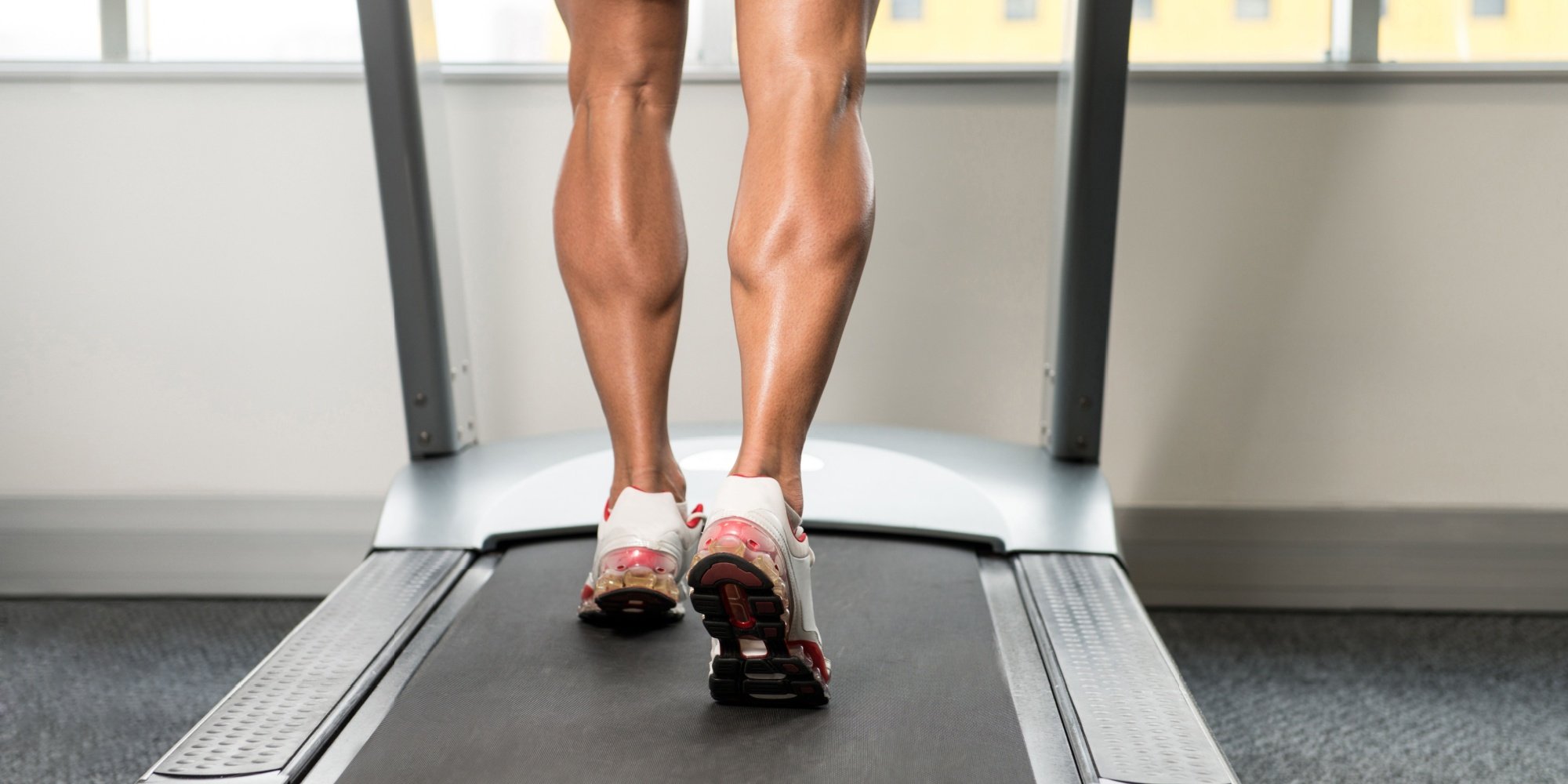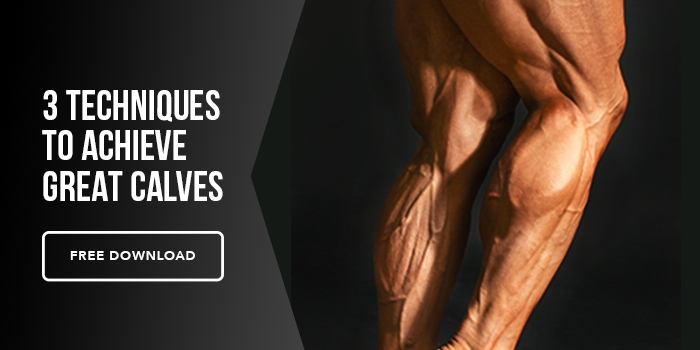Having big calves is one of those very niche aspirations that some of us have. It’s usually among the bodybuilding aesthetic crowd once we’ve built up everything else and seek symmetry. Some of us may look fantastic everywhere else, but for some reason, we have these tiny calves. How is that possible?
There are a host of factors that can play into that, which I’ll go over. The first one I’d like to address is genetics. Go and stare at people's calves in the gym (if you dare). What you should notice are the different insertion points at the bottom of the calf. Some people have small calves that insert high up on the bone, and others that go really low, closer to the ankle. There is nothing we can do about this. That is what our parents have given us. One thing you will notice, though, is that sprinters, and very explosive athletes tend to have those higher-inserted calves. It allows for that more explosive movement.
Now that we have genetics out of the way, all is not lost. While we can’t change the length of the muscle, we can still get it to grow if that is what you seek. Here are some ways to grow your small calves.
Training Them
Believe it or not, I’ve had clients complain their calves haven’t grown, and when I ask them what they are doing, the answer is suboptimal. “Oh, I just do a couple sets here and there.” Well, sorry to break it to you, but you aren’t going to grow calves if that is the mindset. Would you train this way to grow any other muscle?
You need to treat them like any other muscle group. Hitting them 2-3 times a week so that they are receiving the proper stimulus to grow. Use a variety of rep ranges (6–10, 10–15, 15-20). Generally, the calves actually do better at the higher rep ranges since they are used to many reps (given that you walk on them all day). Anyone who tells you that you can grow big calves just from squatting is either genetically gifted or doesn’t know what they’re saying.
Proper Form
Now that you have a structure in place, it’s time to address form. For whatever reason, people love to just bounce and rush through calves. This is probably because it is a smaller, often neglected body part that we throw in at the end of a workout, so we just want to get it over with. Once again, I can’t state this enough: you need to treat them like every other muscle. Build that mind muscle connection. This is another benefit of the higher rep range. It will allow you to slow down with a lighter weight and focus on getting a deep stretch at the bottom, take a pause, contract all the way at the top, and take another pause.
You can play around with this. For instance, on one of your calf exercises, aim for a 2-second pause at the bottom to remove bouncing and momentum. On another day, aim for a 2-3 second pause at the top to focus on squeezing the muscle.
Adding Volume
As mentioned before, the calves are used to a ton of volume from walking on them all day. Because of this, and because they are a much smaller muscle group, they can probably take up a lot more volume than your bigger muscles. Start with 1 exercise, 3 days a week, at 3 sets. If you find you are not seeing any growth from that, try adding 1-2 sets and repeating. Go through another mesocycle and see if you have any growth. Eventually, you should arrive at a volume and a certain number of sets evenly spread throughout the week to start to see the kind of growth you’ve been waiting for. Since they are smaller muscles, you can hit them more frequently as their recovery is a lot quicker.
Get Explosive
You don’t necessarily have to include explosive work, but you may find it helps get you out of a sticking point if the above doesn't work. Adding in some sprints or jump roping can give them the volume and explosive signal they need to grow.






